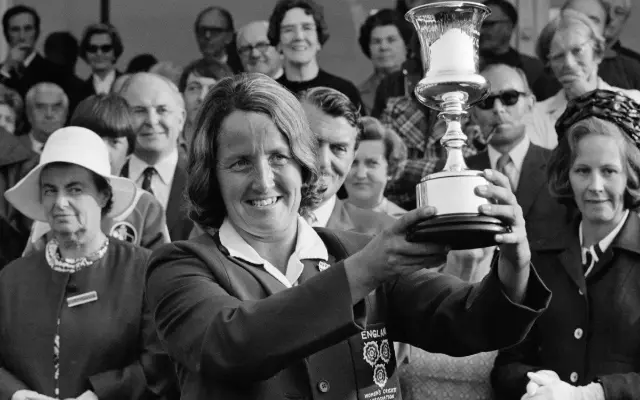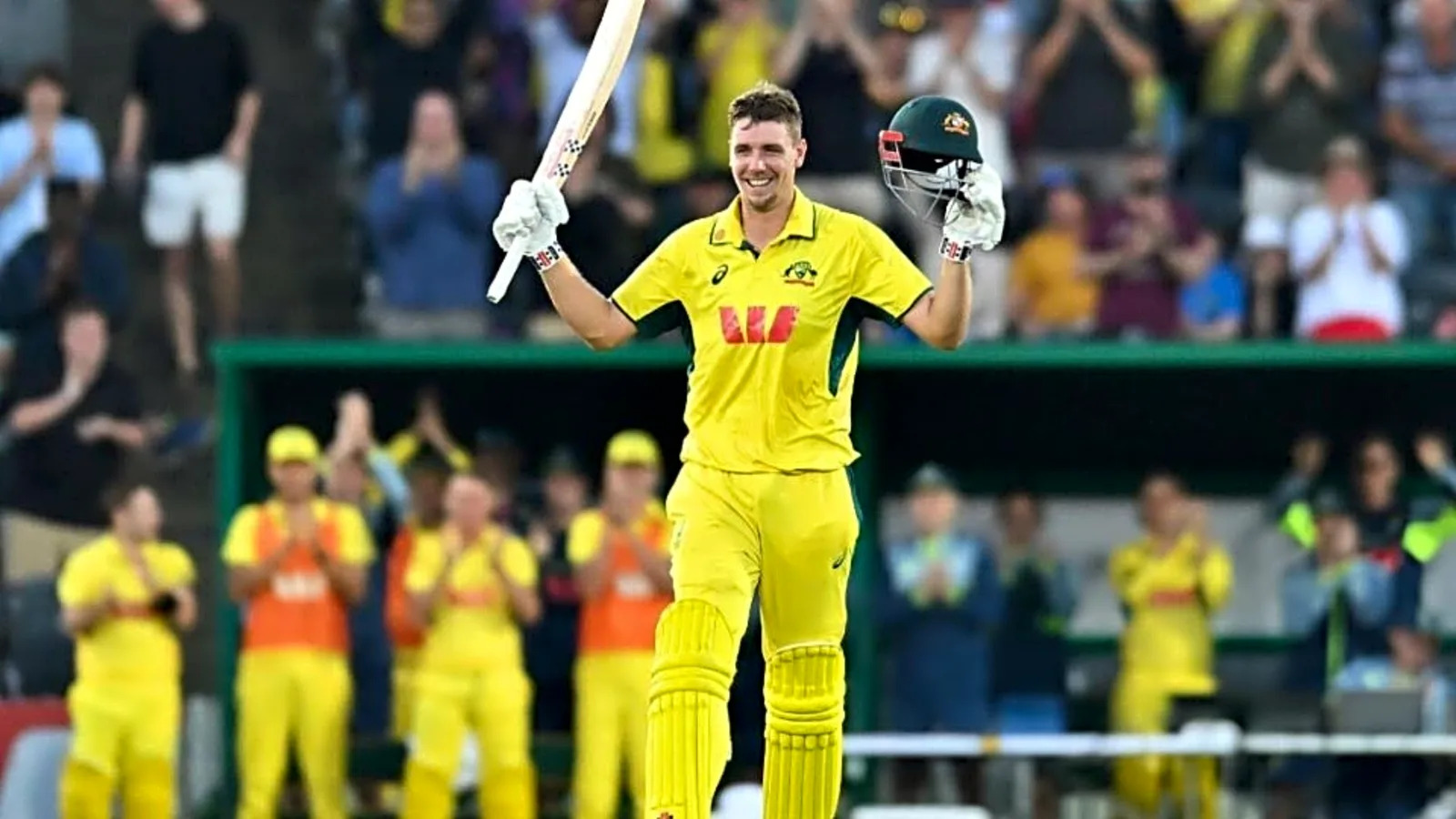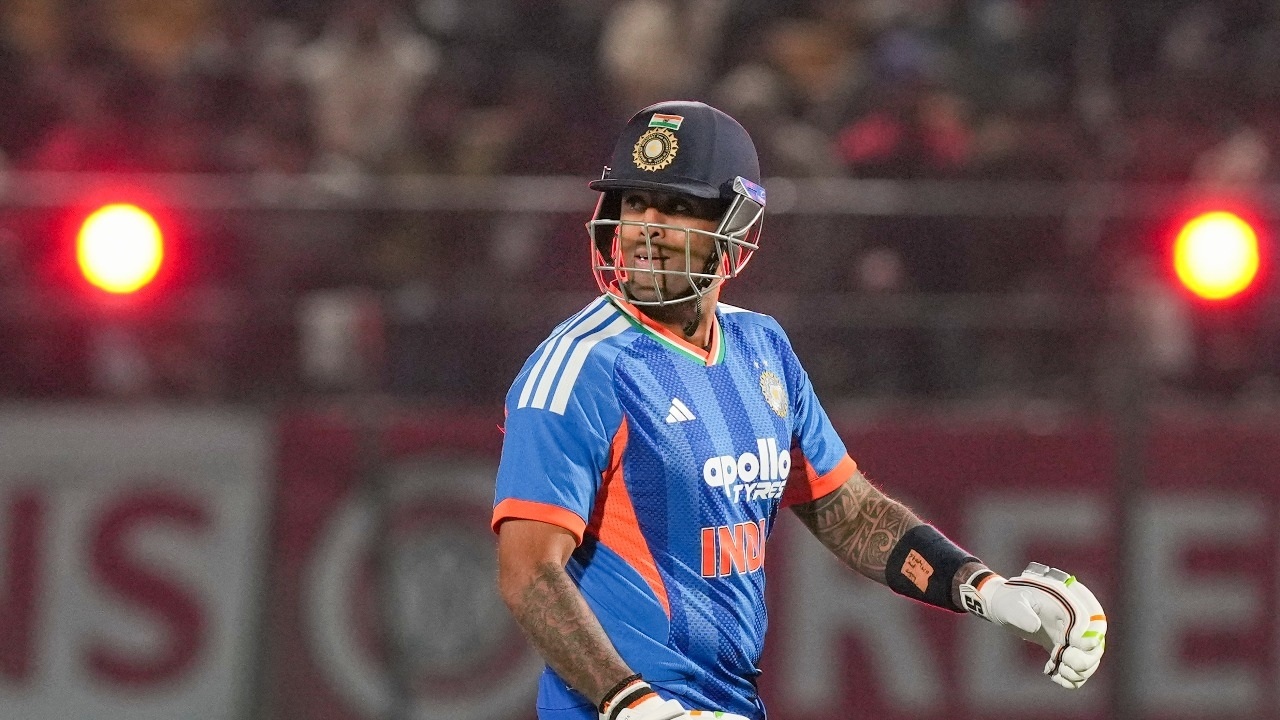The International Cricket Council (ICC) marked the 50th anniversary of the first Cricket World Cup, the Women’s World Cup, which began in England on June 20, 1973.
The anniversary is the start of a five-week celebration of the event, leading up to the anniversary of the last match on July 28. The International Cricket Council (ICC) will put out material that honours the event that started global games for both women’s and men’s games. This is to pay tribute to the heroes of that time.
The first game of the event, which was between Jamaica and New Zealand, was rained out before a single ball was bowled. England won the event when they beat Australia by 92 runs at Edgbaston on July 28, 1973. The winning captain, Rachel Heyhoe-Flint, was given the trophy.
There were seven teams in the tournament: Australia, England, an International XI, Jamaica, New Zealand, Trinidad & Tobago, and Young England. The first Cricket World Cup was made possible by Sir Jack Hayward, a wealthy British investor who gave £40,000 to help fund it.
Cricket is different from other big global sports because it has a World Cup for women before a World Cup for men.
To start the parties, the ICC has posted a few pictures from the event on its social media accounts.
One of the pictures is of Jamaican cricketer Paulette Lynch standing with Heyhoe-Flint, who is in many of the pictures.
A number of past players were happy to talk about the first game and what it meant to them and the game.
Enid Bakewell, MBE, had the most runs in the event, with 264 for England. She scored two centuries in four innings, with an average of 88.00 and a high of 118.
“The thing I remember most about 1973 is my dad coming to me with his rug over his arm after I got a hundred. After England won the final, she said, “We met Princess Anne, who later gave me an MBE at Buckingham Palace.”
“Rachael Heyhoe-Flint was the real superwoman who worked to get more women playing sports. She took her ukulele to Lord’s and played it on the street outside the ground to let people know that women played cricket. She was a great role model on and off the pitch,” she said.
Lynne Thomas scored the second-most runs, and she led off for England. At the end of the event, she had a total of 263 runs in four innings, with a high score of 134 and an average of 87.66.
“It was a great pleasure for me to play for England in the first World Cup in 1973. I also felt like I was defending Wales, which I am very proud of. “It was a very well-run tournament that was a lot of fun to watch,” she said.
“When the World Cup was held in 1973, it was the first time that women’s cricket had an event. It happened every four years and still happens today. I think that its success led to the creation of other games for women around the world, like the T20 World Cup. Major moments also included meeting Her Royal Highness Princess Anne before the final and holding the cup after the presentation.
“I will always remember the good times we had as a team. How close everyone on the team was, how well we worked together, and how much fun we had. We all liked playing cricket, and the friends we made will last a lifetime,” she said.
Louise Browne, the leader of Trinidad and Tobago, said, “It doesn’t feel like it’s been 50 years since I was asked to lead the Trinidad and Tobago women’s team to the first Cricket World Cup in 1973. In 1971, four of our team members went to Cricket Week in Malvern, England, but the rest of the team had never been outside of the Caribbean.
“We were fifth out of the seven teams that played in the first World Cup. We only beat Young England and Jamaica. Women’s cricket got more attention because of our involvement, not just in Trinidad and Tobago and Jamaica but also in the rest of the Caribbean.
“I’m happy to hear that women can now play cricket for a living. The game has become more exciting because franchise events are being set up all over the world. I hope that the current players will continue to be true ambassadors for our sport and will represent their country or area with the same passion and pride that we did. There is still a long way to go for women’s cricket in Trinidad and Tobago, the Caribbean, and the rest of the world, but we are on the right track.
Margaret Jennings (Australia): “Most of my friends and I had never been to the UK before, and it was the first time I had ever been there. Before, tours only happened every 10 years, but here we were playing against the best teams in the world before anyone else had even thought of it. It was so much fun to play against people from other countries, and it gave us all adventures that money couldn’t buy.
“Thanks to Rachel Heyhoe-Flint and Sir Jack Hayward, we were treated well and all felt like real world cricket players in 1973. The idea of playing against all teams was exciting, and even though we lost the last game against England, it didn’t matter because cricket was the winner.
Sharon Tredrea (Australia): “This was the biggest thing to ever happen in women’s cricket: a World Cup format before the men. None of this would have happened without the amazing work of Rachel Heyhoe-Flint and her friend Sir Jack Hayward, who paid for the whole event.
“It makes me feel so proud to serve my country. It was an honour to be able to play in this World Cup, which took place 50 years ago. During the World Cup, the game was tough, but it was played in a very sporty way with a lot of respect for the other teams. This World Cup showed the best women’s cricket players from all over the world and opened many people’s eyes to the sport.
“Once we got to England, everything was so exciting. We had never seen or heard anything like it before. Every day, news stories were printed in the major newspapers, and the chance to play on big grounds in the UK was amazing.
“It started an event that has been going on for 50 years, even though the rules have changed with the times. There are now 50 overs instead of 60, but it was the start of more regular international competitions and the game we see today, with women playing cricket professionally all over the world. I was lucky enough to play in three more World Cups, all of which the Australian team won.
“Losing that first final to England was a huge disappointment, but the media loved it, and it brought the women’s game worldwide attention that had never been seen before.”
Geoff Allardice, the head of the ICC, paid respect to the women who started the women’s game by saying, “Today is not only a celebration of 50 years of the Women’s Cricket World Cup, but also the first-ever Cricket World Cup, and it gives us a chance to honour the women who were the first to play our sport. By putting on the first Cricket World Cup, they laid the groundwork for the lively women’s cricket scene we have today.
“One of the six strategic focus projects of the ICC is the growth of women’s cricket around the world. Part of our goal is to get more women around the world to watch and play cricket and to give ICC women’s events the same status and attention as ICC men’s events.
“Rachel Heyhoe-Flint and her fellow players planted the seed that grew into the ICC Women’s T20 World Cup in 2009, the professionalisation of women’s cricket around the world, and the exciting number of global franchise T20 leagues.”




